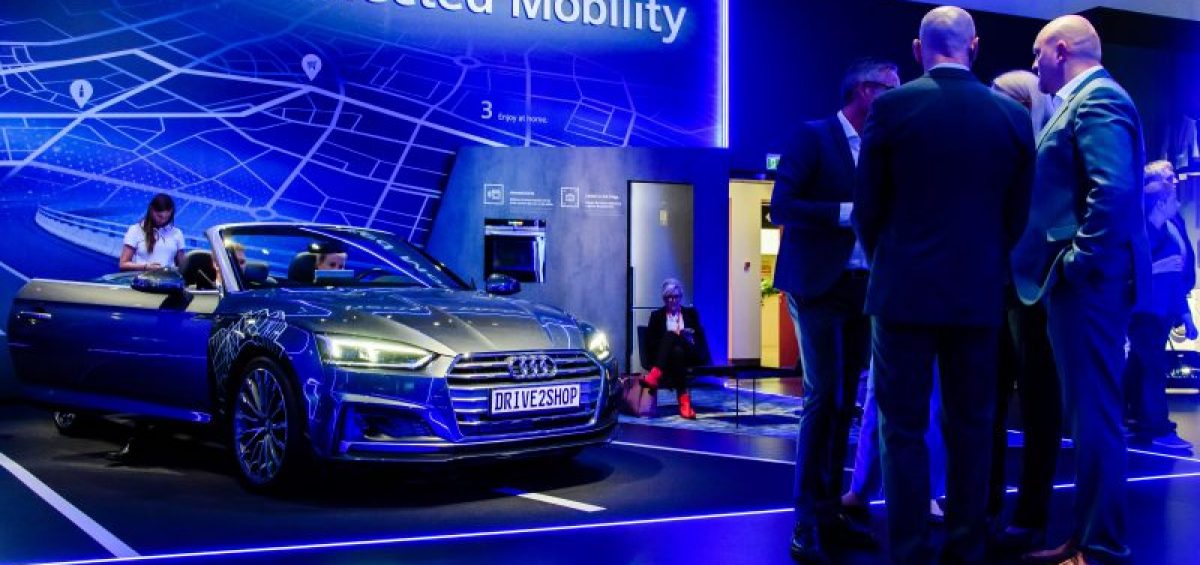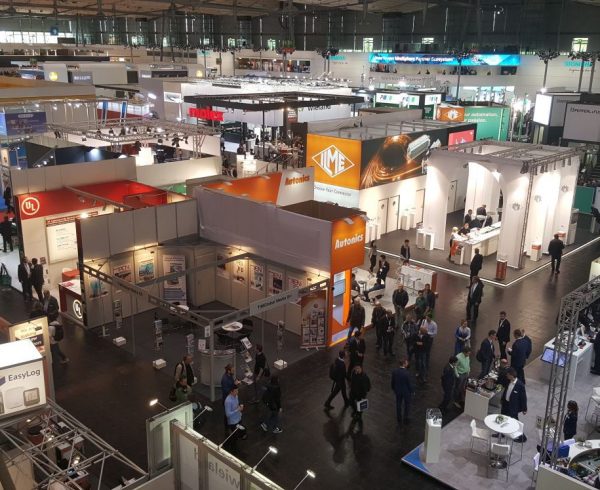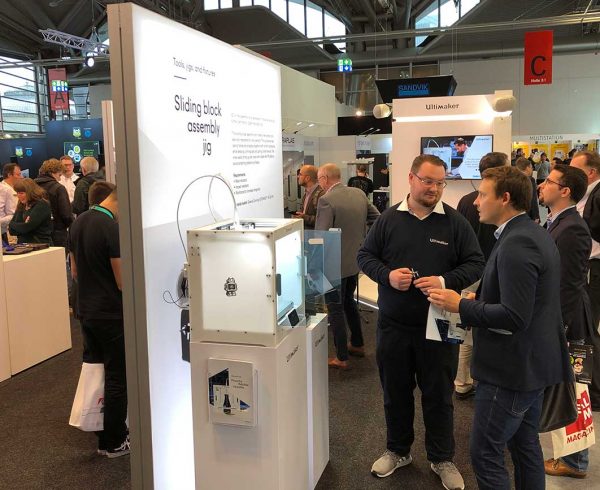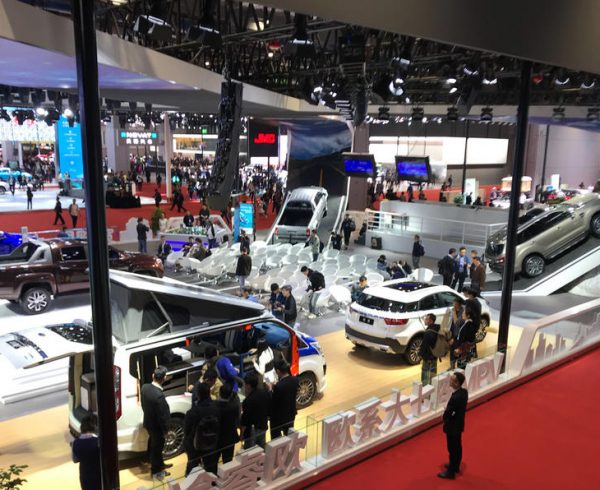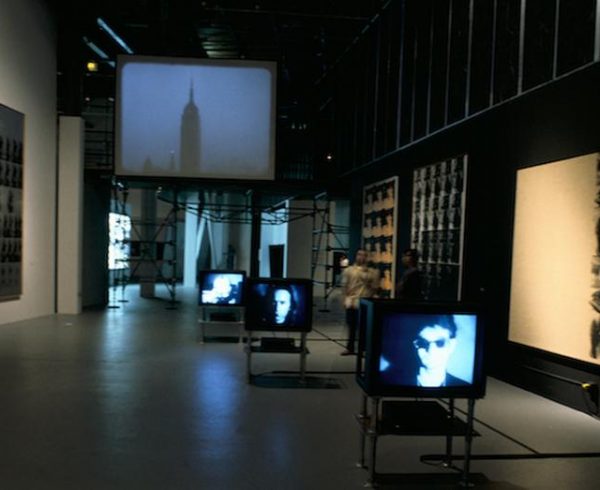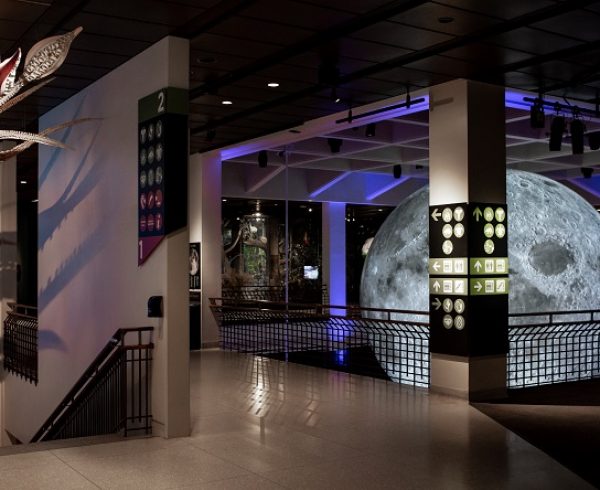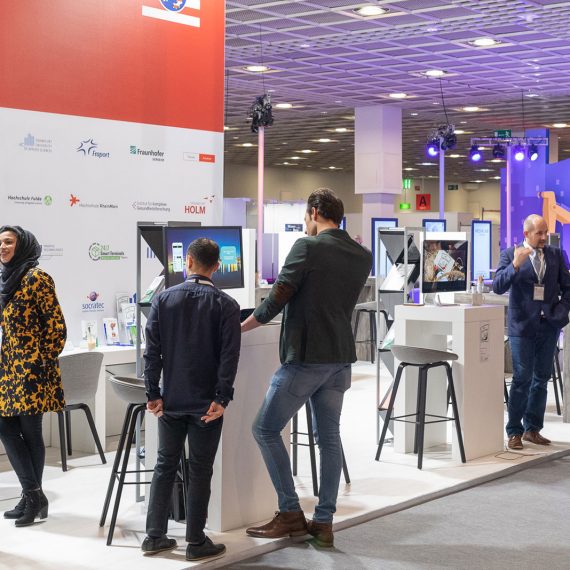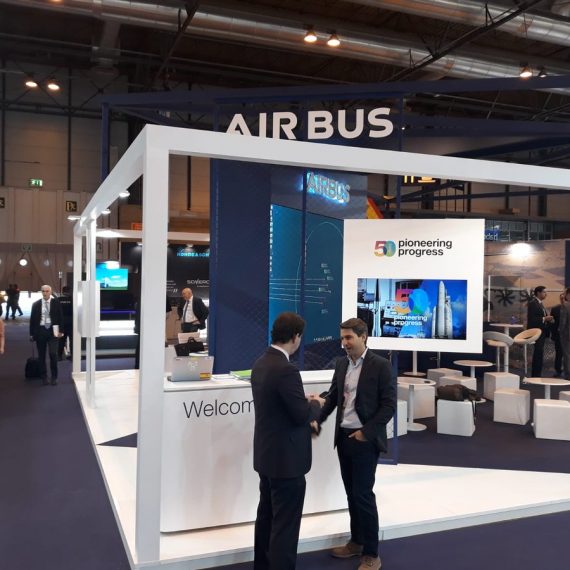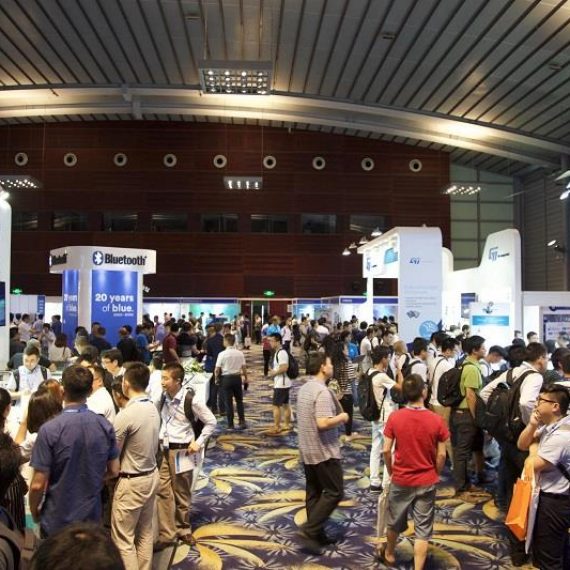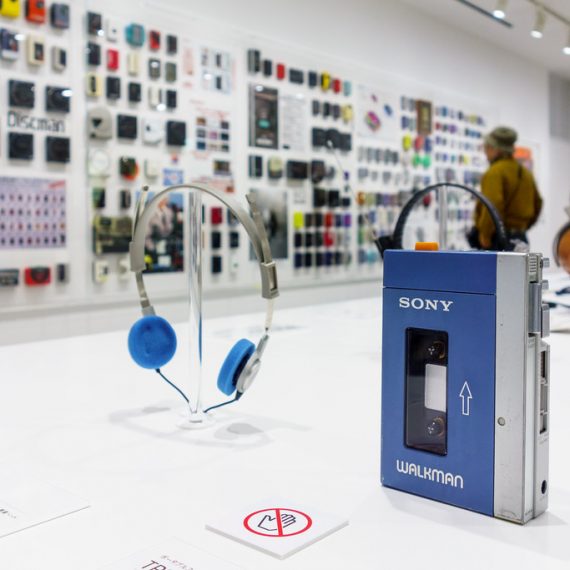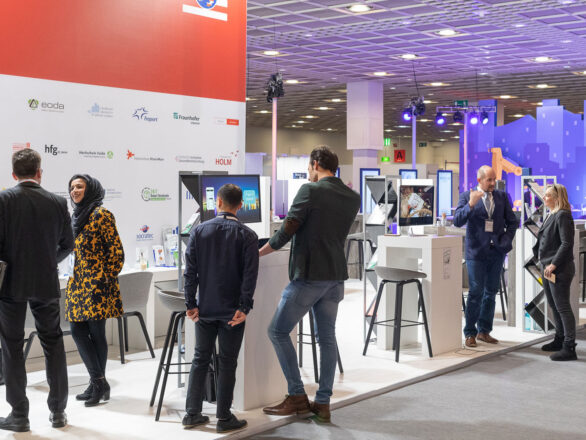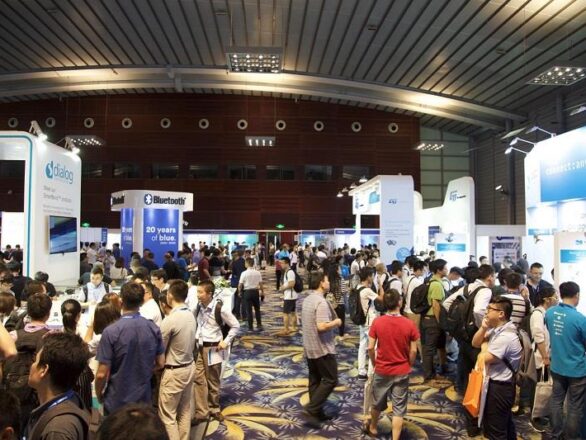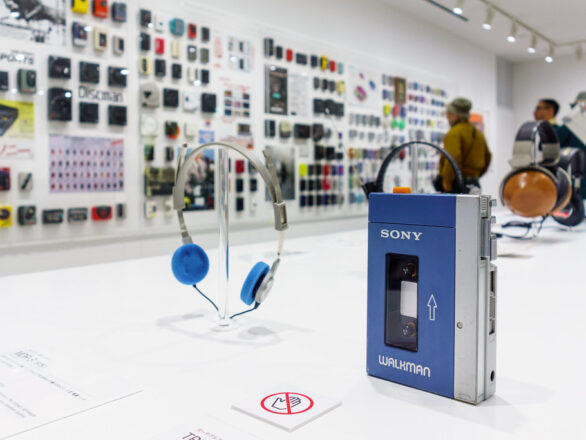An exciting demonstration at the Hannover Exhibition, where humans and machines work hand in hand: the Swedish network supplier Ericsson brings a 5G network to its stand and together with Audi presents a human-robot interaction in real time. A wireless production robot interacts with the visitor there. The research project will be on the Ericsson booth of this year’s Industry 4.0 showcase.
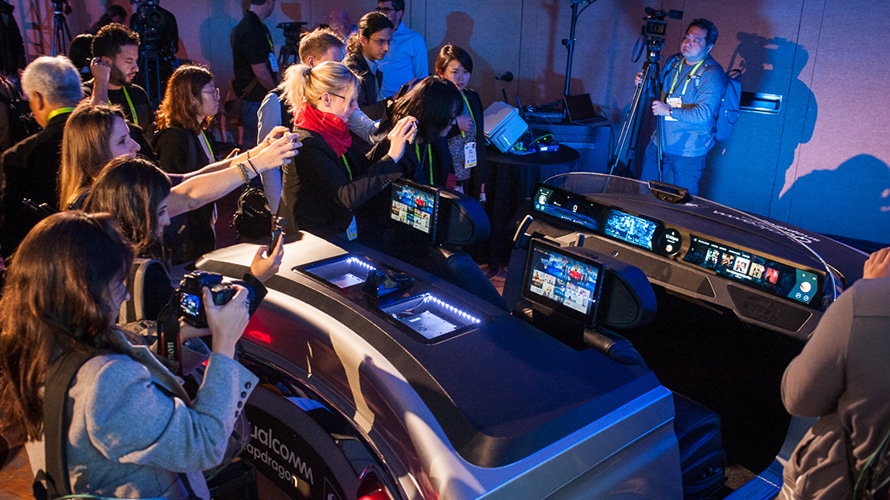
Wireless Production Robots And Employees Will Work Together In The Future
For collaboration to work smoothly, real-time interaction is required. The key to this is the 5G technology with its low latency, delay of less than ten milliseconds, as well as its high network stability. Because of this, the interaction between man and machine is even more secure thanks to 5G. The playful demonstration at the Hannover Exhibition stand by Ericsson is exemplary for the interaction in a factory. The robot has sensors connected via the 5G network. As soon as a trade fair visitor extends his hand in the direction of the robot, the sensors of the robot detect this. The robot then hands the guest a packet of mints.
In order to allow flexible, wireless robots to reliably interact with people in production environments in the future, 5G cannot be bypassed, explains the head of the Development Center. Because only with extremely low latencies and at the same time very high availability, the robot connected via 5G can respond to humans in real time.
The Human-Robot Interaction At The Fair Is Just The Beginning
5G technology provides valuable wireless industrial communication capabilities for using the sensor solutions in a variety of applications. This type of communication enables fundamental changes in the software architecture for more flexible automation. That is why we these companies are currently evaluating 5G technology for industrial use. For example, the advantage in that 5G industrial vehicles can operate on public roads not only within production halls but also outside and around the world. The example of a robotic application at the exhibition proves how in the future, humans and robots can work together better thanks to reliable communication with low latency.

